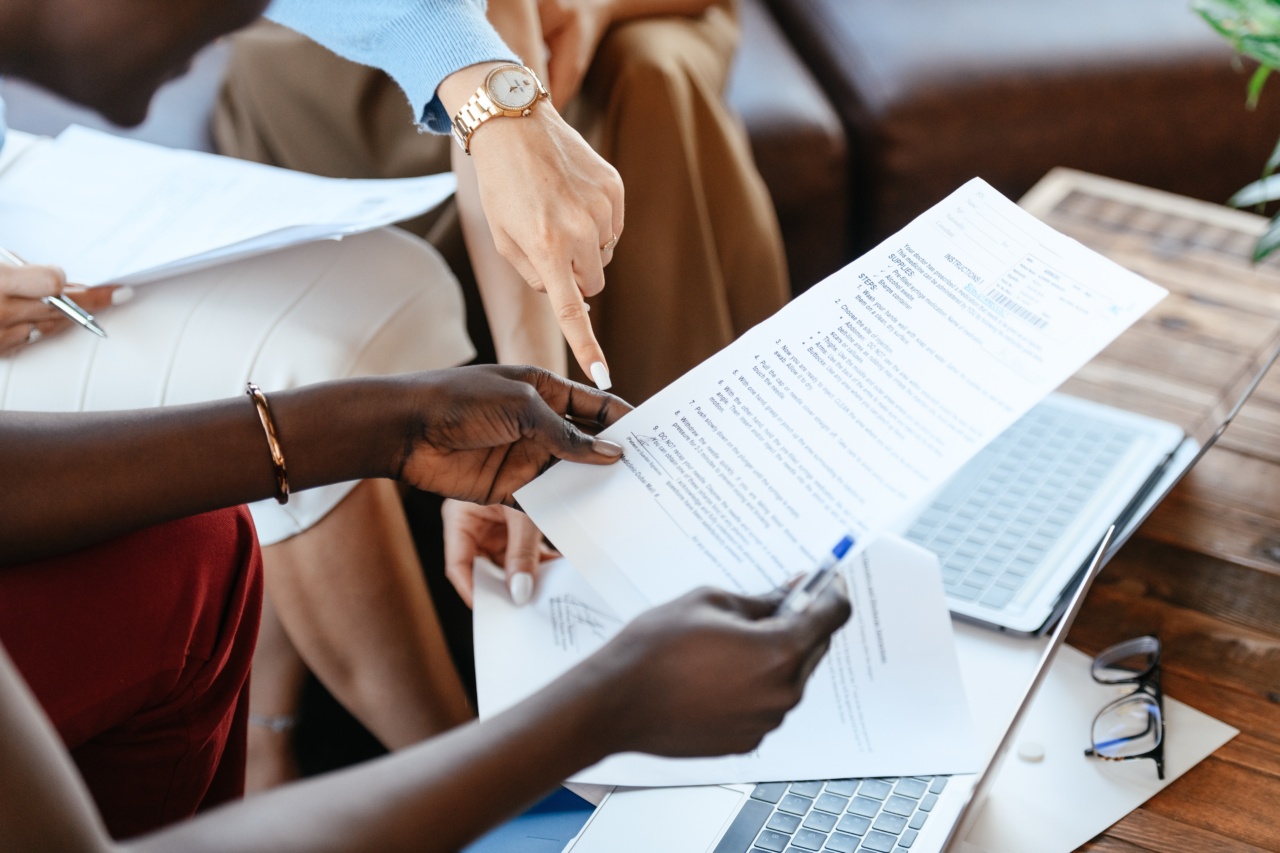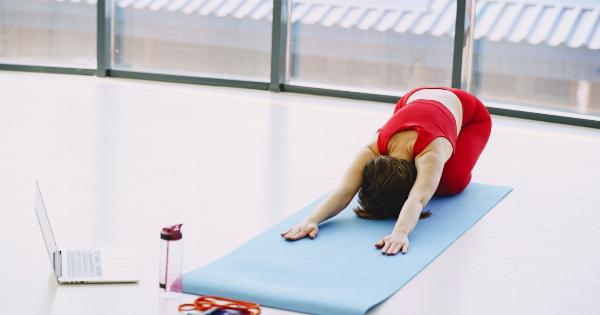Gymnastics is a sport that showcases grace, strength, and flexibility. It requires years of practice and dedication to master the intricate movements and routines that gymnasts perform.
However, despite the rigorous training regimen, it is evident that not everyone achieves the same level of success in gymnastics. This article aims to delve into the reasons why gymnastics does not work equally for everyone, backed by research analysis.
Nature vs. Nurture
One of the key factors that play a role in gymnastics performance is the interplay between nature and nurture.
While some individuals are naturally gifted with strength, flexibility, and coordination, others may have to work harder to develop these attributes. Research has shown that genetics contribute significantly to traits such as muscle fiber distribution, body proportions, and joint flexibility, which play a crucial role in gymnastics ability.
Body Type and Anthropometry
Gymnastics demands specific body types and proportions, which can be advantageous or disadvantageous depending on the event.
For example, shorter individuals have an advantage in events like the balance beam and floor exercise, where lower center of gravity and better power-to-weight ratio aid performance. On the other hand, taller individuals may find it easier to excel in events like the uneven bars and vault due to their longer reach and stride length.
Anthropometric measurements like arm span, leg length, and shoulder width have been correlated with success in specific gymnastics disciplines.
Gender Differences
There are notable differences in the performance and success levels between male and female gymnasts.
Men typically excel in events like rings, parallel bars, and pommel horse, which emphasize upper body strength and explosive power, while women shine in events like beam, floor exercise, and uneven bars due to their flexibility and elegance. These gender differences can be attributed to hormonal factors, anatomy, and societal expectations of body shape and physique in gymnastics.
Early Specialization and Training
Gymnastics is known for its intense training regimens, often requiring young athletes to specialize at an early age. This early specialization can provide a head start in skill development and physical conditioning.
However, it also limits exposure to other sports and activities, potentially impacting overall physical development. Research suggests that early specialization can lead to overuse injuries, burnout, and psychological stress, which may hinder long-term progression and inclusive success in the sport.
Psychological Factors
The mental aspect of gymnastics cannot be overlooked. The sport requires high levels of focus, determination, and resilience. Some individuals may possess these psychological traits naturally, while others may need to develop them over time.
Factors such as self-confidence, motivation, and the ability to handle pressure can greatly impact gymnastics performance. Research has indicated that athletes with higher levels of self-control, goal orientation, and self-efficacy tend to perform better and persist in gymnastics.
Access to Resources
Gymnastics is also influenced by socio-economic factors and access to resources. Elite gymnastics programs often require significant financial investment, including coaching fees, equipment, travel expenses, and specialized training facilities.
These resources may be limited or inaccessible to individuals from lower socio-economic backgrounds, leading to disparities in training quality and opportunities. Lack of resources can hinder progress and affect the overall success potential of athletes.
Coaching and Support System
The quality of coaching and the support system available to gymnasts can make a substantial difference in their progress.
Good coaching involves technical expertise, effective communication skills, and individualized training programs tailored to the athlete’s capabilities and needs. A supportive environment that fosters teamwork, positive reinforcement, and personal growth is also essential for optimal development.
Research has shown that access to experienced coaches and a strong support system positively influences gymnastics outcomes.
Injury Risks
Gymnastics is a physically demanding sport that exposes athletes to a high risk of injury. Sprains, strains, fractures, and overuse injuries are common in gymnasts due to the repetitive stress placed on their bodies.
However, individuals vary in their tolerance to these injuries and their ability to recover and regain top form. The occurrence of serious injuries can disrupt training schedules, impede skill progression, and negatively impact long-term gymnastics success.
Long-Term Athlete Development
Gymnastics, like any sport, requires a long-term commitment to reach the highest levels of performance.
Factors such as socioeconomic status, access to quality training, and opportunities for competition play a substantial role in long-term athlete development. Athletes who have access to early identification and talent development programs, as well as continued support throughout their gymnastics journey, are more likely to achieve their full potential in the sport.
Conclusion
Gymnastics is a complex sport that does not work equally for everyone.
Genetic predispositions, body types, gender differences, access to resources, coaching quality, psychological factors, and injury risks all contribute to the varying levels of success seen in gymnasts. Recognizing these factors can help shape training programs, talent identification strategies, and support systems that promote inclusivity and equal opportunities in gymnastics.




























